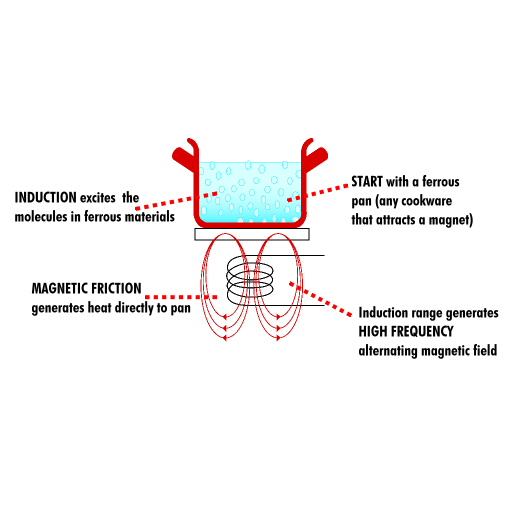APPLIANCES
Dishwashers – Energy Star is only the beginning…
We install Energy Star qualified dishwashers which are which are typically ~5% more energy efficient and 15% more water efficient than the current federal standard.
However, we also go one step further...
We comb the Energy Star database to select the most efficient Energy Star model in our budget. We typically install highly rated dishwashers that are 10-20% more energy efficient and 20-30% more waterefficient than the current Federal Standard.
Learn how to read the Energy Star labels here: Energy.gov



Refrigerators – Energy Star is only the beginning...
Did you know... the government just recently tightened the energy performance standards for refrigerators? It’s true! Effective in 2015 all new refrigerators will be better energy performers!
We install Energy Star qualified refrigerators which are typically ~10% more efficient than the current federal standard.
However, we also go one step further....
We comb the Energy Star database to select the most efficient Energy Star model in our budget. We typically install refrigerators that are 20-30% more energy efficient than the current Federal Standard.


Energy Star bath fans are highly energy efficient and quieter
We install Energy Star rated bath fans
.
They are more energy efficient… our typical fan depending on size draws between 1.4-2.8 CFM/Watt.
A cheap fan can use a lot of energy…it pays to get a more efficient fan!
They are quieter… Energy Star requires they be less than 2.0 or 3.0 depending on size .
We typically install 1.0-1.5 sone fans.
What is a sone? The sone is a unit of how loud a sound is perceived. The sone scale is linear. Doubling the perceived loudness doubles the sone value. For example, a calm room is perceived as being 0.2-0.4 sone. (Wikipedia.)

Energy Star clothes washers use less energy and less water
We install Energy Star qualified clothes washers which are which are typically ~20% more energy efficient and 35% more water efficient than the current federal standard.
However, we also go one step further---
We comb the Energy Star database to select the most efficient Energy Star model in our budget. We typically install highly rated clothes washers that are >20% more energy efficient and >30% more waterefficient than the current Federal Standard.
DID YOU KNOW...
A full-sized ENERGY STAR certified clothes washer uses ~15 gallons of water per load, compared to the 23 gallons used by a standard machine. Over the machine's lifetime, that's a savings of 27,000 gallons ofwater!!
The average American family washes about 300 loads of laundry each year. They have a greater tub capacity which means you can wash fewer loads to clean the same amount of laundry. The top-load models look like standard machines on the outside, yet they do not waste water filling up the tub. They clean using sophisticated wash systems to flip or spin clothes through a stream of water. Many have sensors to monitor incoming water levels and temperature. They also rinse clothes with repeated high-pressure spraying instead of soaking them in a full tub of water.
www.energystar.gov/products/certified-products/detail/clothes-washers
Energy Star dryers for energy efficient clothes drying
Clothes dryers use more energy than any other household appliance, contributing to higher energy bills and unwanted carbon pollution. (Energy Star Dryer page)
Did you know…Energy star recently added dryers to the products they certifiy? Its true! These criteria go into effect in 2015.
True Turtle will start installing Energy Star dryers in 2015.



Energy Star Ceiling fans save you energy!
ENERGY STAR certified ceiling fans with lights are 60% more efficient than conventional fan/light units, saving you $165 in energy costs over the fan's 10-year lifetime.


Induction ranges the performance of gas with an all electric range
What’s cool about induction ranges
-
Performance - you can adjust the cooking heat instantly and with great precision. Induction cooking is every bit as instantaneous--and as exact--as with gas.
-
Safety - induction cooktop only heats the pot that is on it and only where there is contact between the metal and the cooktop. There is no open flame, no hot cooktop.
-
No gas - While the percentage of accidents caused by gas fires or leaks are small, removing that risk is still a major benefit.
-
No wasted heat -Energy is supplied directly to the pan by the magnetic field so almost all of the source energy gets transferred to that vessel. If it isn’t conducting, it isn’t hot…as the image shows.
-
Cooler kitchen - With gas or electric ranges energy is first converted to heat, which then heats the pot. This wastes a lot of energy…and heats up the kitchen.
Does and induction range save energy?
The energy in a home spent on cooking is small…so the impact of using an induction range is slight if any. However, it does allow the responsiveness of gas in an all electric kitchen and therefore has a place in a some sustainable homes.
Is this a drawback?
Because of the way that induction cooking works, you need to have cookware that has non-ferrous metals in it - so aluminum won't work, but stainless will. This may require you to acquire new pieces of cookware.
Photo from: Induction Ovens

